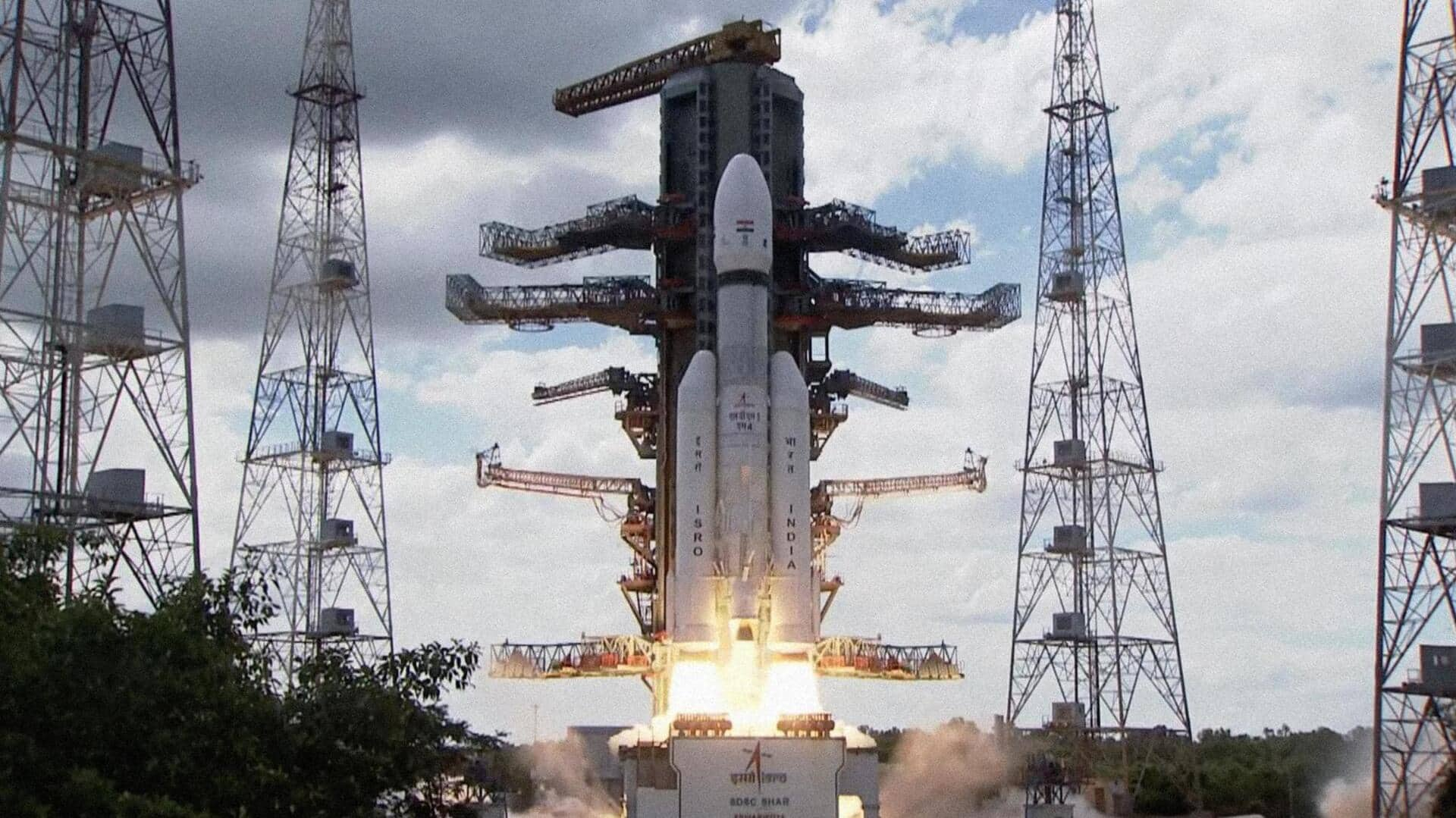
ISRO completes third orbit-raising operation on Chandrayaan-3
What's the story
The Indian Space Research Organisation (ISRO) has successfully completed the third orbit-raising maneuver (Earth-bound perigee firing) on Chandrayaan-3 today. The space agency conducted a similar operation yesterday and on July 15. The next orbit-raising operation will be carried out on the spacecraft on July 20. The mission is on schedule, as per the official update.
Context
Why does this story matter?
Chandrayaan-3 is among ISRO's most ambitious projects in recent years. After much anticipation, the mission lifted off on July 14 and things have been going well so far. The mission is expected to reach lunar orbit on August 3 after which it will attempt to soft land on the Moon on August 23. If Chandrayaan-3 manages to do that, it'll mark a crucial feat.
Operations
The lunar mission's sequence is split into three stages
The orbit-raising operations fall under the first stage of Chandrayaan-3's mission sequence. The operational workflow falls under three stages, namely the Earth-centric phase, the lunar transfer phase, and the Moon-centric phase. These Earth-bound maneuvers are performed to lift the spacecraft to the required altitude so it can break free from Earth's gravitational pull to make its way to the Moon.
Workflow
Chandrayaan-3 will aim to land near Moon's south pole
Chandrayaan-3's propulsion module will be responsible for carrying the lander-and-rover configuration to a circular orbit around 100km from the Moon's surface. ISRO will then commence the descent operations for the lander to touch down near the south pole of the Moon. If the mission lands at that target site successfully, it would have been the first to have done so.
Information
The lander and rover are equipped with different instruments
Following a safe landing, Chandrayaan-3's rover will be deployed to explore the Moon for about 14 days. The mission's lander and rover are carrying independent scientific payloads. The propulsion module is also carrying an instrument that will start operating once the lander module has separated.
Follow-up
Chandrayaan-3 is a follow-up attempt to Chandrayaan-2
Chandrayaan-3 is a follow-up mission to Chandrayaan-2. The latter could not achieve a soft landing on the Moon due to a software glitch. ISRO has made several significant changes to the current lunar mission over its predecessor. Chandrayaan-3's lander gets sturdier legs to withstand higher landing velocity and has a new laser Doppler velocity meter sensor to help with soft landing.
Twitter Post
Chandrayaan-3 is on schedule: ISRO
Chandrayaan-3 Mission:
— ISRO (@isro) July 18, 2023
The mission is on schedule.
The third orbit-raising maneuver (Earth-bound perigee firing) is performed successfully from ISTRAC/ISRO, Bengaluru.
The next firing is planned for July 20, 2023, between 2 and 3 pm IST.